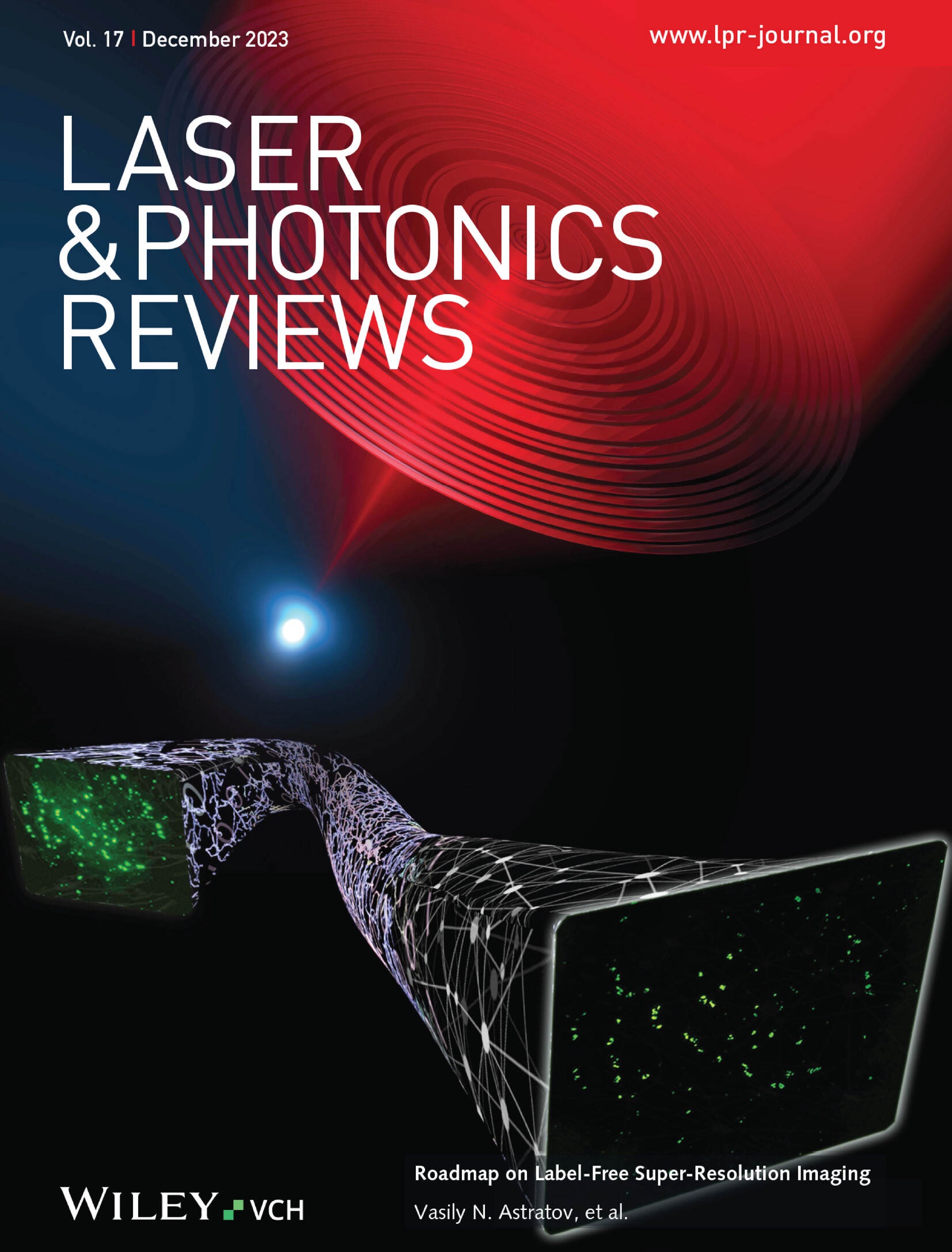Enhancing Realism in Holographic Augmented Reality Displays Through Occlusion Handling
IF 9.8
1区 物理与天体物理
Q1 OPTICS
引用次数: 0
Abstract
In this paper, an occlusion‐capable holographic augmented‐reality (AR) display is proposed, and its ability to enhance AR imagery through occlusion is demonstrated. Holographic displays can generate ideal 3D virtual images and have recently shown rapid advancements, particularly in noise reduction through learning‐based approaches. However, these displays still face challenges in improving image quality for AR scenarios because holographic virtual images are simply superimposed onto the real world, leading to a loss of contrast and visibility. To address this, occlusion optics, which can mask designated areas of the real world, is incorporated into holographic AR displays. The proposed system employs a folded 4f system with a digital micromirror device and sequentially operates as both a real‐world mask and an active Fourier filter. This approach transforms traditionally translucent holographic images into perceptually opaque ones while simultaneously eliminating unwanted noise terms from pixelated holographic displays. Furthermore, active Fourier filtering expands the virtual image field of view through time‐multiplexed operation and supports a novel binary hologram optimization algorithm that performs especially well for sparse virtual content. The implementation successfully achieves opaque holographic 3D image presentation, significantly improving contrast and image quality while producing highly realistic 3D AR scenes with optically cast shadows.通过遮挡处理增强全息增强现实显示的真实感
本文提出了一种具有遮挡能力的全息增强现实(AR)显示器,并演示了其通过遮挡增强AR图像的能力。全息显示器可以产生理想的3D虚拟图像,并且最近显示出快速的进步,特别是通过基于学习的方法在降噪方面。然而,这些显示器在提高AR场景的图像质量方面仍然面临挑战,因为全息虚拟图像只是简单地叠加在现实世界上,导致对比度和可见性的损失。为了解决这个问题,遮挡光学可以掩盖现实世界的指定区域,被整合到全息AR显示器中。所提出的系统采用带有数字微镜器件的折叠4f系统,并依次作为真实世界掩模和有源傅立叶滤波器工作。该方法将传统的半透明全息图像转换为感知上不透明的图像,同时消除了像素化全息显示中不需要的噪声项。此外,主动傅立叶滤波通过时间复用操作扩展了虚拟图像的视场,并支持一种新的二进制全息图优化算法,该算法在稀疏虚拟内容中表现得特别好。该实现成功实现了不透明的全息3D图像呈现,显著提高了对比度和图像质量,同时产生了具有光学投影的高度逼真的3D AR场景。
本文章由计算机程序翻译,如有差异,请以英文原文为准。
求助全文
约1分钟内获得全文
求助全文
来源期刊
CiteScore
14.20
自引率
5.50%
发文量
314
审稿时长
2 months
期刊介绍:
Laser & Photonics Reviews is a reputable journal that publishes high-quality Reviews, original Research Articles, and Perspectives in the field of photonics and optics. It covers both theoretical and experimental aspects, including recent groundbreaking research, specific advancements, and innovative applications.
As evidence of its impact and recognition, Laser & Photonics Reviews boasts a remarkable 2022 Impact Factor of 11.0, according to the Journal Citation Reports from Clarivate Analytics (2023). Moreover, it holds impressive rankings in the InCites Journal Citation Reports: in 2021, it was ranked 6th out of 101 in the field of Optics, 15th out of 161 in Applied Physics, and 12th out of 69 in Condensed Matter Physics.
The journal uses the ISSN numbers 1863-8880 for print and 1863-8899 for online publications.

 求助内容:
求助内容: 应助结果提醒方式:
应助结果提醒方式:


